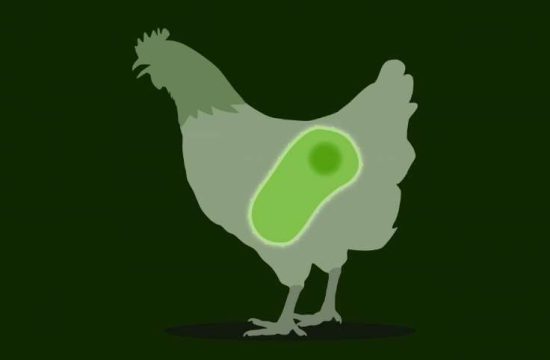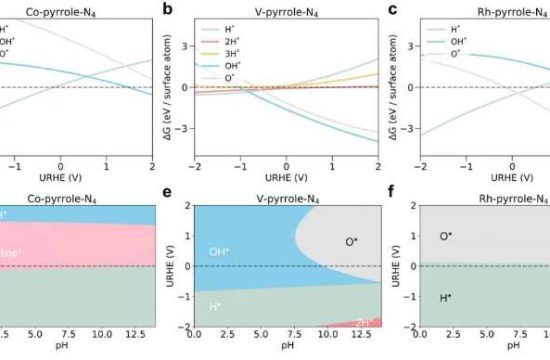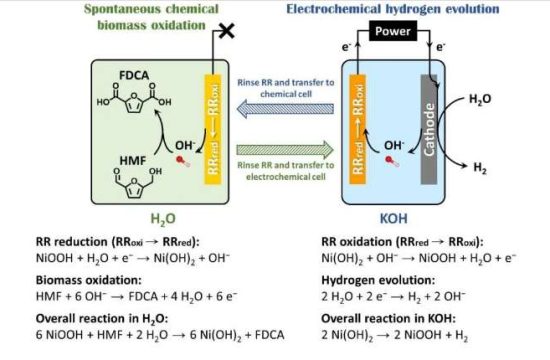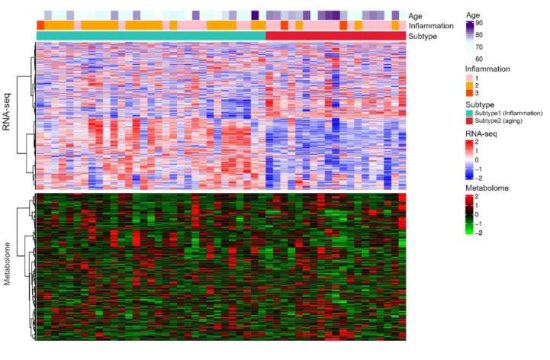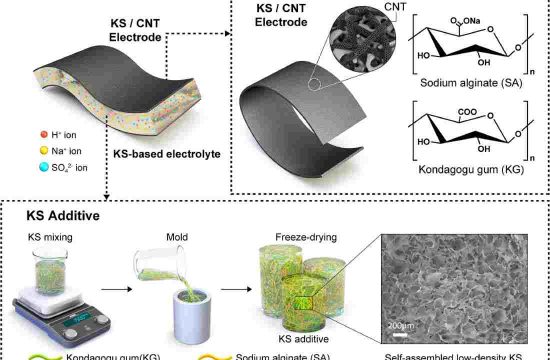Rapid analysis of synthetic, animal, or human skin is now possible with an on-chip replacement for conventional screening methods.

When smokers slap on a nicotine patch, they rely on the controlled transfer of drugs through the skin to help them break their addiction. A*STAR researchers have developed a technology that can facilitate transdermal drug delivery by improving testing of skin permeation.
Skin has barrier properties designed to repel many foreign substances, and drugs that penetrate the epidermis face a difficult route to the bloodstream — protein binding, reservoir formation, and even a patient’s skin metabolism can prevent the molecules from reaching their target. To improve drug delivery, many topical medications use mixtures of chemicals to make the active agent more soluble and enhance its permeation.
“You rarely deal with one compound at a time,” says Yuri Dancik from the A*STAR Institute of Medical Biology. “Ideally we need to account for the interactions between the components, as well as the potential effects on the skin. That’s a large number of parameters and one of the main reasons we need high-throughput testing.”
For more than 40 years, the go-to apparatus for skin researchers has been a cylindrical glass apparatus, called the Franz cell, which sandwiches skin samples between two compartments. By applying a compound in the upper chamber and measuring its concentration in the lower chamber over time, the compound’s permeability through the skin can be evaluated — a slow and costly process unsuited for current drug development and risk assessment needs.
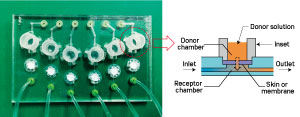
Reproduced from Ref 1 under CC-BY-3.0 – Published by The Royal Society of Chemistry.
Dancik and a multidisciplinary team of specialists now demonstrate that microfluidic technology can make skin permeation testing more cost-effective. The team fabricated a thermoplastic chip capable of holding six different skin samples inside micro-liter chambers. A 96-well receiver plate is moved under the chip to collect the drug molecules that permeate through the samples at different time intervals.
Experiments with both silicone membranes and cultured skin samples on model chemicals revealed the new device had numerous advantages over conventional analysis, including ten-fold smaller skin samples, lower drug volumes, and increased measurement sensitivity. The micro-devices also reduce measurement artifacts by reducing unstirred water layers that affect chemical penetration rates in Franz cells.
Dancik emphasizes that their new ‘Skin-on-Chip’ platform is well equipped to handle future demands for 3D skin models. “We can grow skin from scratch right inside the chip, and then immediately evaluate the cellular morphology and barrier function without having to handle it,” he notes. “This gives us a high-throughput microenvironment for integrated pharmacological or toxicological testing and screening.”
The A*STAR-affiliated researchers contributing to this research are from the Institute of Medical Biology and the Singapore Institute of Manufacturing Technology.


